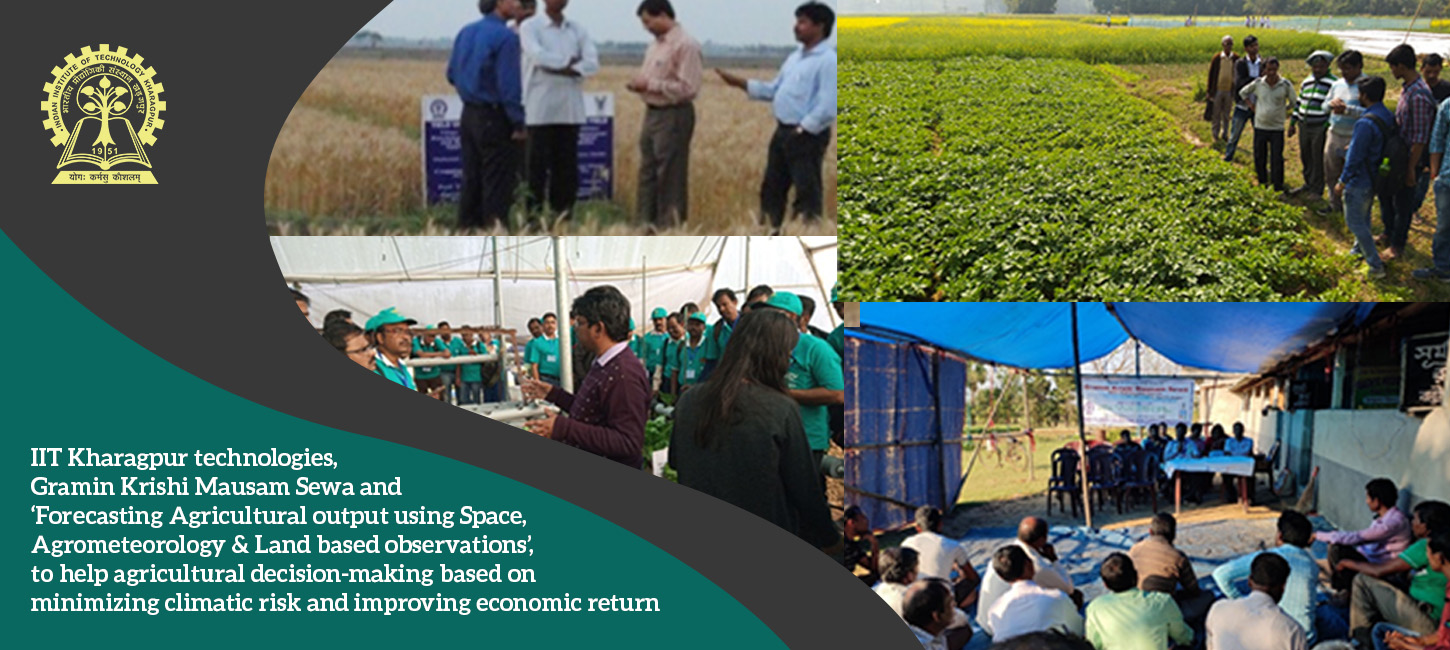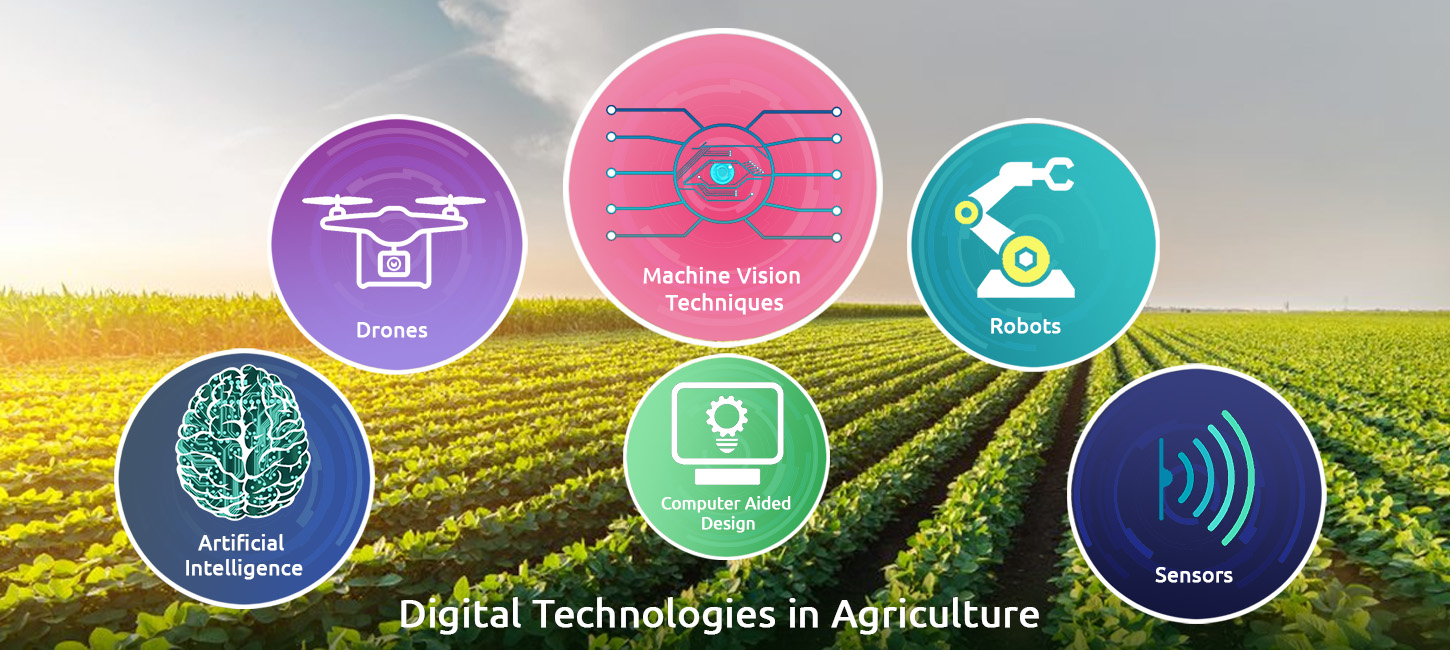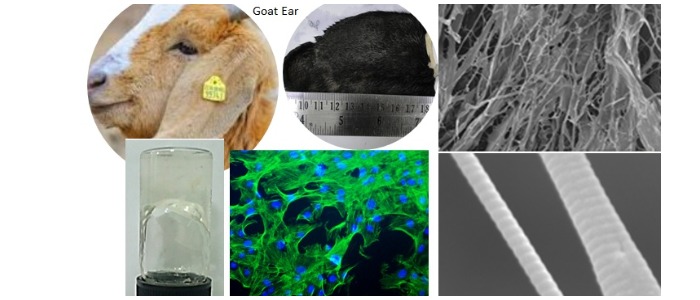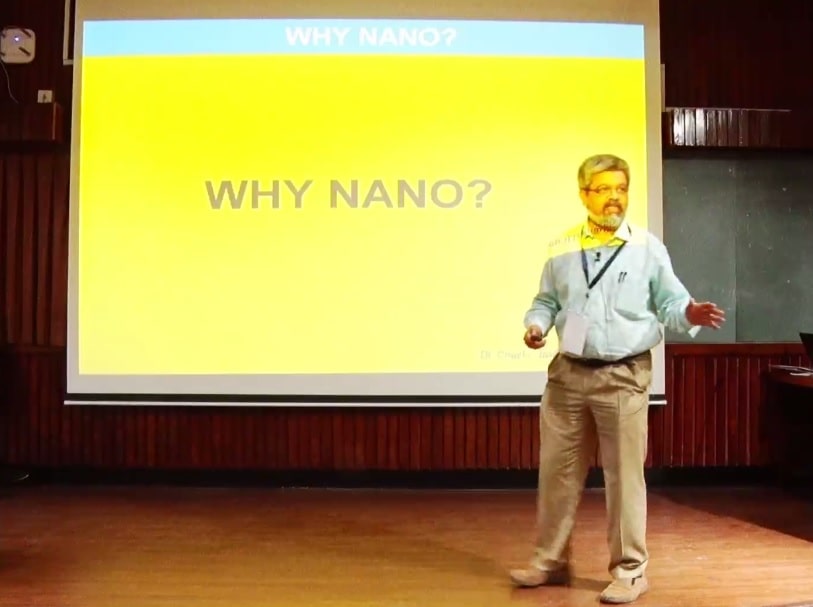
IIT KGP Forecasts Facilitating Farming Decisions
IIT Kharagpur's Gramin Krishi Mausam Sewa is forecasting climatic risks and advising farmers for better agricultural decision-making Hindustan Times Live Mint India Blooms News 18 (Hindi) Careers360 The Week Outlook News Nation USA Science News Financial Express Republic World Navbharat Times The Arunachal Times Deccan Herald Researchers at IIT Kharagpur have developed an advanced weather prediction system to facilitate better decision making in agricultural production and reduction of…









